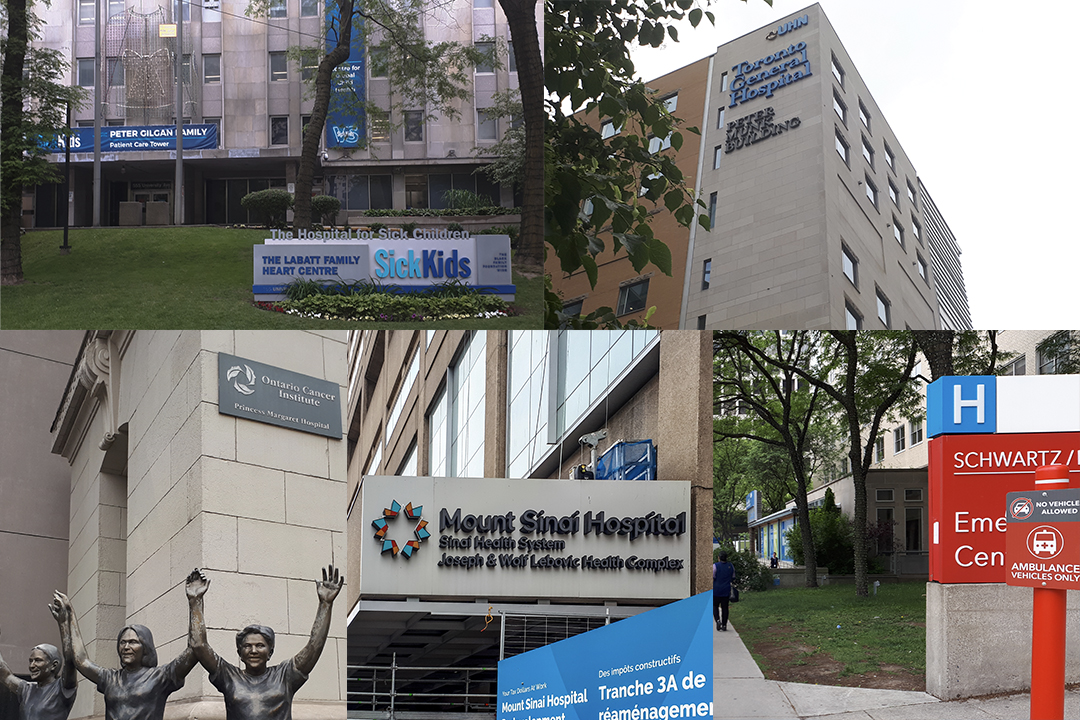On May 8th, Ontario passed Bill 60: Your Health Act, a health reform bill that allows not only public hospitals but also licensed private clinics to undertake eye surgeries, some gynecological surgeries, magnetic resonance imagery (MRI) scans, and computed tomography (CT) scans under the Ontario Health Insurance Plan (OHIP). Previously, OHIP only covered these operations when performed at public clinics. The Act is part of the provincial government’s objective to decrease hospital wait times and backlog of surgeries.
The Varsity asked two writers to reflect on the bill’s effects on students and our province.
Privatization must come with equal public healthcare development
When it comes to the classic stereotypes of Canada, we’re known for quite a few things. Maple syrup. Nice people. Among all, as compared to our Southern neighbours, we are known for free healthcare.
Thus, it becomes ironic when the Ontario government decides to go against the grain and expand private healthcare. With the passing of Bill 60, private clinics are now able to offer many more procedures and operations that previously were only accessible through public means. In a country that has long prided itself on having well-established social structures like publicly-funded healthcare, this move has caused much controversy — and rightfully so. Many are saying that it is all but a cash grab, an exacerbation of inequality, and a cater to the rich while Doug Ford sits at their feet.
My main concern, however, isn’t with private healthcare in itself. Private healthcare has always existed as an option, with about 900 private clinics across Ontario alone. It’s the supposed intent for which this bill was originally created that raises alarms for me.
According to Ford, an expansion of private healthcare would help alleviate long wait times and wait lists: problems that currently plague the healthcare industry. But I can’t help but question: how is private healthcare the solution to flaws in our public healthcare system?
It makes no sense to me that the provincial government is not focusing on the public sector: researching, funding, and developing improvements to an industry that affects everybody. Instead, rather than investing more into the system overall and bringing up the people as a whole, Ford has chosen to single out the needs and wants of the wealthy, providing a way out for them and them alone.
Ultimately, what I see happening is the manifestation of income inequality in healthcare: the rich, with their fast-lane passes and bought-out hip replacements while the rest live on in uncertain medical agony. That hardly sounds like an improvement to me.
In my opinion, the existence of private healthcare isn’t an inherent evil. However, it’s important to recognize that a large, overwhelming majority of the people rely on its public counterpart, and that’s where our primary focus should lie. Expansions to privatization cannot and should not come without an equal amount of development to the public sector. Yet, that’s far from what I’m seeing at the moment.
Isabella Liu is a third-year student at Victoria College studying public policy and international relations.
Risks outweigh benefits of privatization
Ontario’s recent decision to expand the use of private healthcare providers will likely prove detrimental to students and their access to affordable treatment. Bill 60 puts a strain on the affordability of private plans like the University Health Insurance Plan (UHIP) or union coverage, while leaving the future of the non-private Ontario Health Insurance Plan (OHIP) uncertain and creating a basis for additional external costs in the future, mainly through taxes.
The Ford government’s new plan to allow various public services in private clinics is said to be to combat long wait times for many hospital services. However, as every full-time student pays for OHIP or UHIP — in addition to the UTSU Health Plan — students should be asking themselves what Bill 60 means for the future of their health insurance plans.
Unfortunately, the privatization of previously public services implies a larger healthcare bill. Research has established that private, for-profit clinics charge more for procedures compared to public options, due to their built-in profit margins. Many critics argue that moving services to clinics with a built-in profit margin will undoubtedly raise their costs, given that the bill opens for the province to fund the surgeries conducted at private clinics.
If a required medical operation is covered by OHIP, there is no problem; the Ford government claims to be committed to keeping the Ontario health plan the same as before. If not, however, then the increased amount of money private insurance plans have to cover will more than likely lead to either an eventual increase in the cost of the plan or a shrink in the amount it covers.
On top of this, the risk of further privatization in the health care sector cannot be ignored. MPP John Fraser has recently stated that this new plan creates a competitive, for-profit system that will drive essential workers away from its public counterpart, which could spiral into a descent toward a much more private healthcare sector. We have also ignored the fact that funding for public health insurance comes from taxpayer money, which is likely to increase if the net cost of operations goes up.
The idea of a more efficient and faster hospital experience is a notion that everyone can get behind, but as students, it is important for us to also see the costly implications of such a policy for the future of our health care.
Can Ay is a second-year student at St. Michael’s College studying mathematics and economics.


